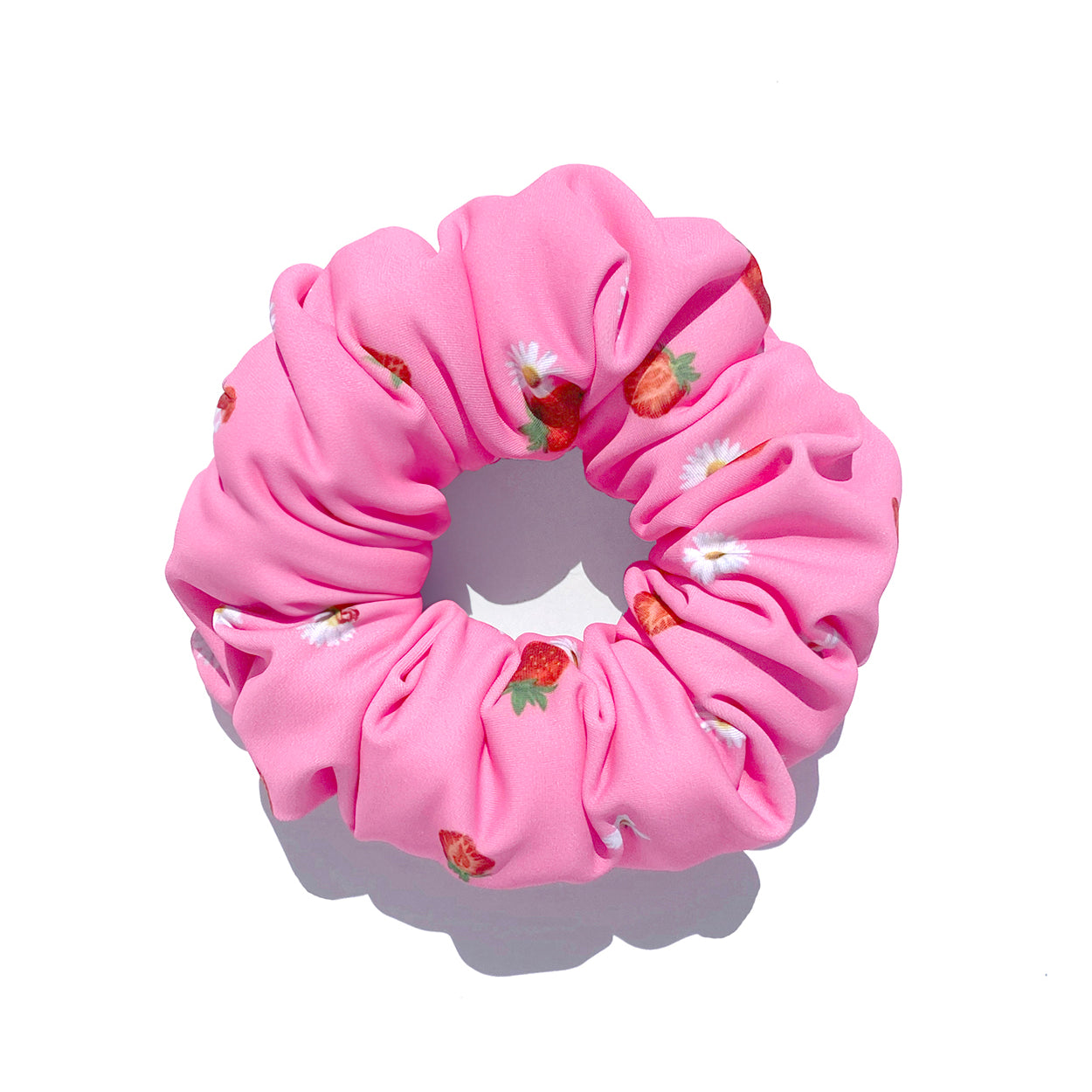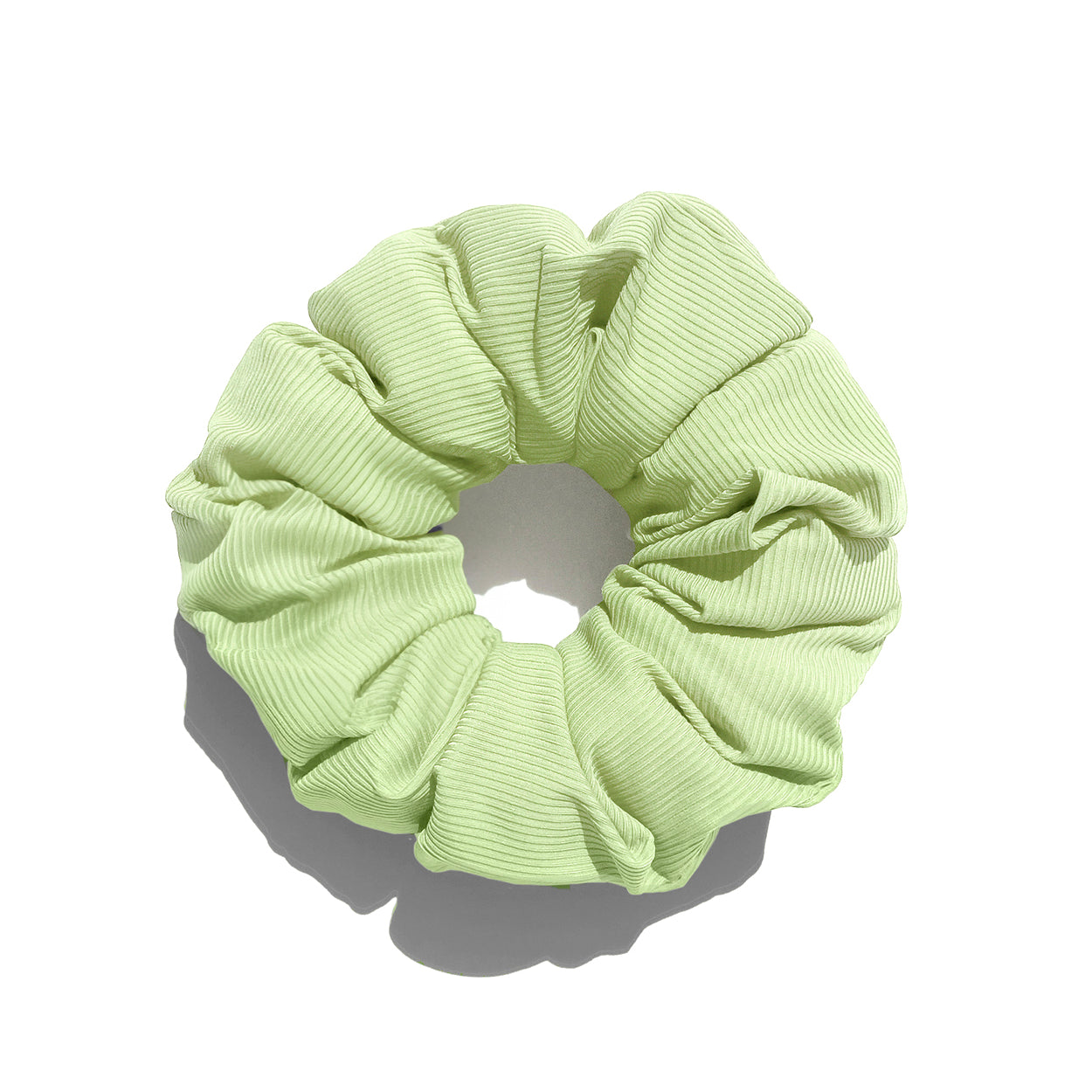If you’ve ever sat in a meeting while twirling your hair or clicking your pen, then you’re already familiar with fidgeting. Stimming, on the other hand, includes a wider range of behaviors and senses. For instance, have you ever cleared your throat repeatedly while trying to think of something to say or doodled during a phone call? Congrats, you’re a stimmer!
Fidgeting, in other words, is one way of stimming and neither is necessarily a problem. Both can serve as useful coping mechanisms that produce a sense of control in situations that might generate anxiety, especially among neurodivergent people who tend toward conditions like ADHD and Autism Spectrum Disorder.
After all, everyone processes stimuli differently and there’s no “right” way to make yourself feel better when you’re overwhelmed or to express emotion when you’re feeling fabulous—so long as you’re not harming yourself!
Read on to learn more about stimming vs fidgeting, how these actions might be related to ADHD and autism, and whether you should be concerned if you notice that your child is fidgeting or stimming at home or at school.
Fidgeting, Explained
Fidgeting generally refers to small movements that you or your child might make both during moments of inattention and while concentrating on a task, most often with your hands and feet.
Examples of fidgeting include tapping your feet against the floor or a pen against the table, blinking, shifting around in your chair, and crossing and uncrossing your arms and legs.
Interestingly enough, fidgeting – whether intentional or unintentional – can be regarded as physical gestures used to regulate emotions in the following ways:
- Manages anxiety
- Improves your ability to focus
- Calms your nervous system when experiencing strong emotions
- Minimizes frustration or anger
The important thing to keep in mind with fidgeting is that it usually isn’t intense or very repetitive in nature. If it meets those two criteria, it may be considered stimming, and in some cases linked to neurodevelopmental variances like ADHD or Autism.
Stimming, Explained
Stimming is shorthand for self-stimulatory behavior and it typically involves more intense and noticeable actions than are seen with fidgeting. Many professionals qualify stimming as repetitive behaviors that are also, in some cases, regarded as atypical. For instance, if you’ve ever seen children flapping their hands or wriggling around when they’re excited, they’re probably just expressing excitement and it can be classified as a stim.
The action of stimming can help individuals manage intense emotions, which includes both negative or uncomfortable feelings as well as the expression of positive feelings like joy, excitement, and happiness. Stimming also aids in sensory processing for individuals who may have a hard time with overwhelming sights, scents, or sounds.
Stimming can be considered more habitual and intentional in nature while “fidgeting” is generally associated with playing, especially if a toy or fidget is within reach, or with general inattention. Also, unlike fidgeting, which involves tactile stimulation, stimming encompasses more senses beyond the tactile: auditory, visual, vestibular and proprioceptive.
Common examples of stimming might include:
- Making sounds (such as humming or making repetitive sounds)
- Hand flapping, clapping, or other finger movements, rocking back and forth
- Staring at stimuli for prolonged periods
- Spinning, jumping, and swinging
- Seeking pressure or weight on the body
Stimming and ADHD
If you’ve been diagnosed with ADHD, you might find that stimming is extremely helpful when it comes to processing information and managing emotions. These repetitive actions lead to an improved capacity to focus on whatever is right in front of you. When paying attention is difficult, stimming can center your mind and help you complete a task.
It also helps to improve mood which can sometimes be frustrating for kids and teens with ADHD. Stimming reduces extreme emotions and makes it possible for them to express what they happen to be feeling in a positive way.
Stimming in Autism
Research indicates that individuals diagnosed with autism often stim to modulate their emotions, soothe anxiety, and process overwhelming stimuli. That’s because autism diagnoses can come with issues related to sensory processing that lead to over-stimulation, and stimming can help.
Interestingly, two people may stim the exact same way, but it may serve different functions in each, which just goes to show that coping skills are unique to each individual and rely on creativity, too!
Are Stimming or Fidgeting a Cause for Concern?
Most of the time, stimming and fidgeting rely on perfectly normal sensory solutions for emotional overwhelm and can serve as a coping strategy that allows children and adults to self-soothe. Nevertheless, there are times when stimming is expressed in a more intense way than general fidgeting, and can be perceived as more disruptive to both the stimmer and those around them.
Becuase stimming tends to present as socially nonconforming compared to basic fidgeting, this unique way of interacting with the world has yet to be widely understood for what it truly is. The truth is, stimming doesn’t need to be “fixed” and, in most cases, people stim simply because it’s enjoyable!
However, there are situations where stimming actions can lead to unintentional self-harm. Some unhealthy stimming behaviors can include head-banging, picking at skin, or digging nails into the skin. In these cases, it’s essential to explore healthier alternatives that can supplement or even replace the more harmful stimming expressions.
Healthy Stimming Outlets
If you recognize that you or your child tend to fidget or stim, we have good news: there are plenty of healthy and discrete stimming tools, toys, and practices that can complement yours or your child’s personal stimming profile!
For example, a squishable Smush scrunchie is made from soothing fabrics that give both fidgeters and stimmers something to discreetly squeeze with while providing a pleasant sensory experience. Plus, scrunchies are ideal for holding hair away from your face and encouraging independent self-care behaviors in kids.
Other solutions for healthy fidgeting or stimming can include:
- Using toys like fidget spinners, pop-its, or sensory accessories like Smush scrunchies
- Incorporating exercise into your kid’s daily routine
- Identifying triggers and addressing them
- Consulting with a medical professional
Celebrate Your Kid’s Stims and Fidgets—And Your Own!
It’s understandable that stimming or fidgeting can be an initial cause for concern or even cause an initial feeling of discomfort due to its unusual appearance. Don’t beat yourself up if it takes some getting used to: learning more about our own and our children’s emotional needs is always a work in progress. Just remember that healthy stimming or fidgeting can help children and adults alike to cope with challenging situations, express intense emotions, or maintain focus, at home, in school or work, or out and about.
Healthy stimming behavior should be normalized and celebrated. It teaches and empowers kids to care for themselves and manage the stressors in their surroundings. Whatever your safe stim is, rock it with confidence!




















